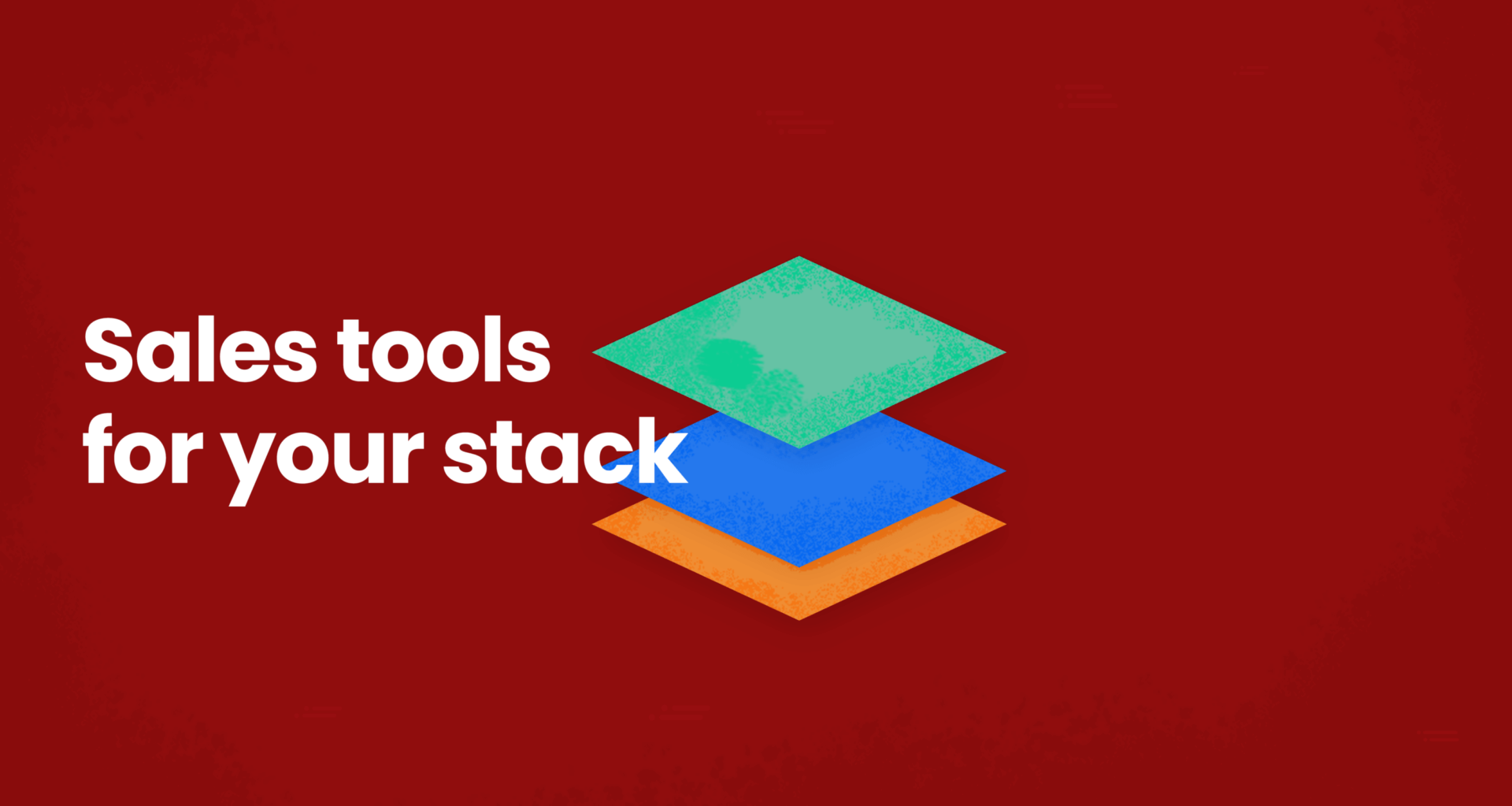I am a self-proclaimed SaaS tool aficionado. I could go on and on about email sequencing tools (Outreach, Salesloft, Groove, Apollo), call recording/coaching software (ExecVision Chorus, Gong), chat bots (Simpu, Intercom, Drift), and all of the niche sales performance management solutions out there (QuotaPath, Xactly).
Instead of playing favorites and talking about the tools I use every day, I’m going to offer some tips on what to think about when building out your organization’s tech stack.
Try the most collaborative solution to manage, track and payout variable compensation. Calculate commissions and pay your team accurately, and on time.
Start TrialUnderstand your organization’s needs
This is probably the most important thing to think about when building your company’s tech stack. You will need to straddle the line of being proactive and reactive, which typically is dependent on the solution the tool provides. When it comes to prioritizing your tech stack, a good approach is having constant communication with your stakeholders.
Talk to reps and management to understand what inefficiencies they’re currently dealing with or how they feel they could be doing their job better. You’ll likely find that there are commonalities in the responses you get. Take those and prioritize accordingly.
If your team expresses a need for something and you act on it, it will help immensely with my next point–ensuring organization-wide buy-in.
Ensure organization-wide buy-in
Something I learned when building out the tech stack for the Customer Success team at my previous company was that it’s imperative to have buy-in from everyone.
From individual contributors to directors, each team member should understand how the solution you’ve chosen addresses the current or future pain the organization may deal with. Throughout the implementation process, it is important to ensure management is encouraging their team to adopt the new solution. Also, leverage the vendor’s resources, as it is just as important to them to have a seamless onboarding and organization-wide adoption.
It’s a marathon, not a sprint
You don’t need to build your entire tech stack at one time. In fact, you should do your best to avoid implementing multiple solutions at a time.
Introducing your organization to multiple new tools and processes at one time could cause tool fatigue. Tool fatigue leads to confusion and frustration for everyone in the organization. Reps and managers won’t know what tool does what, taking them away from closing deals or servicing their customers, and you’ll be met with a barrage of questions about the new tools.
Don’t be afraid to take a chance on an up-and-comer
One of my favorite things about building a tech stack is finding the newcomer to the space and watching them grow into a unicorn. It almost feels like buying a penny stock and watching them become a Fortune 500 company right before your eyes.
There are many benefits to choosing an up-and-comer over an incumbent. One being, you’ll typically get a better deal, since the company is trying to grow its customer base. You’ll also have a greater voice in influencing the company’s product roadmap and get early access to cutting-edge features.
Sure, there are risks to choosing an up-and-comer, but if you’re able to take some risks in your tech stack, it may pay massive dividends in the long-run.
Allocate your budget wisely
To tie together some of my previous points, remember that you don’t need all of the shiniest and most expensive tools to have the tech stack that makes the most sense for your organization.
Do your homework throughout the buying process. You can find the up-and-comers in the space and save some money. Also, understand the features that would provide the most value for your organization–you don’t need to overbuy a tool that gives you functionality that won’t be used.
Lastly, negotiate and buy at the right time. There will always be wiggle room in the buying process–try to get a price that makes sense for your budget.
What’s the ROI?
I’ll leave you with one last thing to consider when building out your organization’s tech stack. Ask yourself, ‘what is the ROI of introducing this tool?’
If you aren’t able to figure it out yourself, ask the vendor to provide you with reference customers and ask them how using the vendor added value to their company. If the ROI you come up with isn’t substantial enough, it may not make sense to add that tool to your tech stack right now.
To bring things full circle, I have the pleasure of talking to QuotaPath customers and users for the majority of my day. Oftentimes we hear that these companies formerly relied on spreadsheets or other cumbersome manual processes when calculating commissions. Most are thrilled to adopt a new sales performance management tool like QuotaPath into their tech stack because it helps them dramatically reduce time and automate the commission process. If you haven’t checked us out, it’s free to sign up and play around. Let me know what you think and if there’s anything I can help you with!



